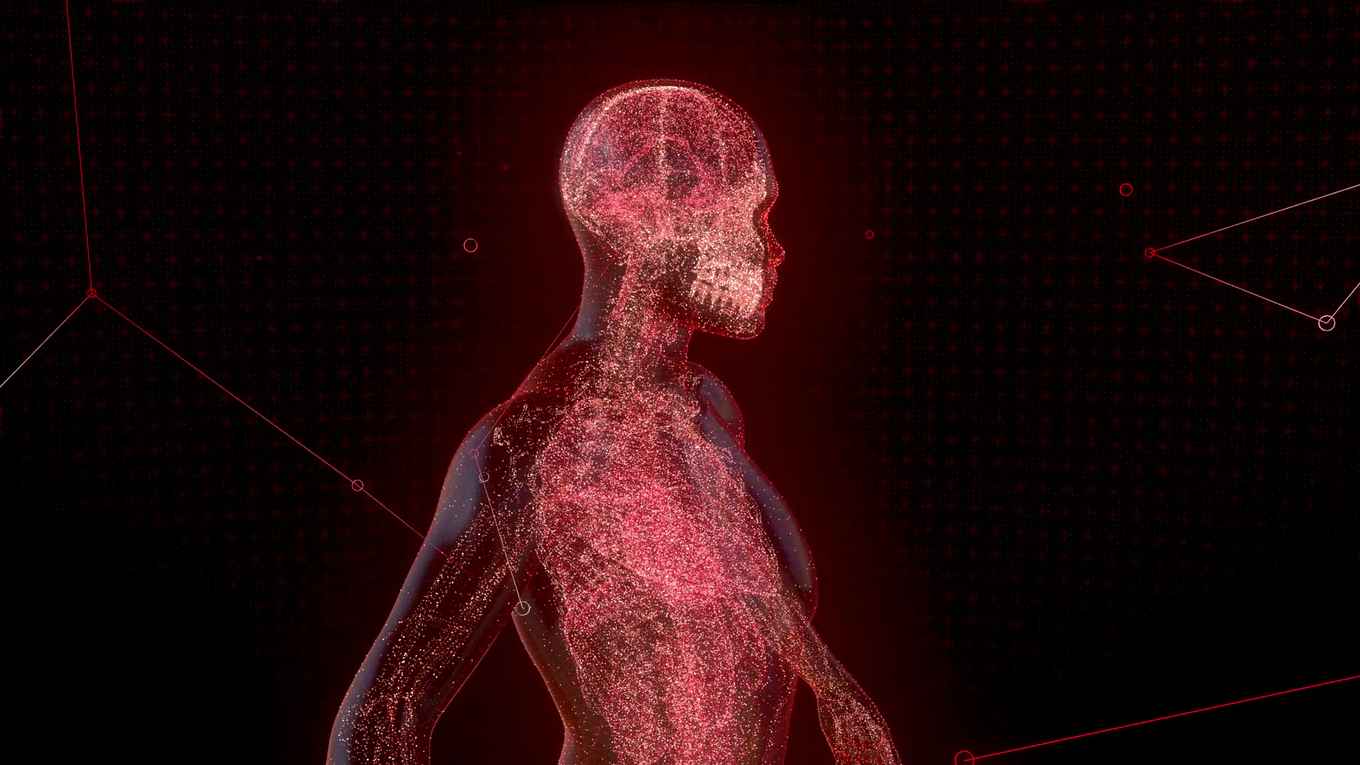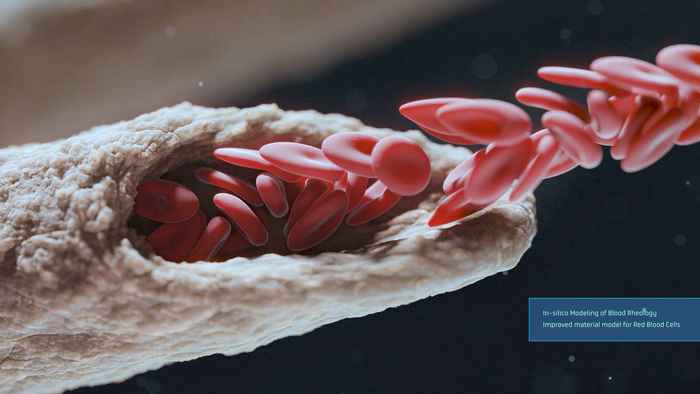Accelerating medicine development with supercomputer simulations
12 January 2023

On 2 December 2022 'The pandemic movie’ premiered in the EYE Filmmuseum in Amsterdam. The movie was created by the Barcelona Supercomputing Centre and is based on scientifically accurate simulations. Computational scientist Gábor Závodszky of the Computational science LAB (CSL) of the Informatics Institute made a contribution to the film. Although the public release still has to wait till March 2023, Závodszky talks ahead of time about the story that the movie is telling.
First of all, what is the movie about and why was it made?
'The movie was made to show the public how supercomputers can be used for fighting diseases. It uses the COVID-19 pandemic as an example of how reaction speed matters. Even though COVID-19 vaccines were developed in an unprecedented short period of only a year or so, we as computational scientists think that supercomputers can help to reduce that time even more. Much of the vaccine development time went into clinical trials. If we could move clinical trials partly or fully to the computer, we could develop therapeutic solutions, including vaccines, faster and thus react even faster to a pandemic like COVID-19.'

What type of computer simulations does the movie show?
'Many of the simulations in the movie are about what the virus does to the human body. In a way the movie is a sequel to the film 'Virtual Human' that was also made by the Barcelona Supercomputing Centre in 2017. That film was all about creating a digital twin of the human body. By now we do have computational models of a collection of human organs, of which the ones for the heart and the lungs are the most advanced. The COVID-19 virus changes much of our immune processes, and we want to simulate what exactly happens in the body. The virus can cause all kinds of inflammatory responses which can for example lead to blood clotting. Small blood clots in the brain, in the heart or in to the lungs can be extremely dangerous. Actually, in my own work I am investigating how this blood clotting happens. A few scenes in the movie come from my work and show the behavior of red blood cells.'
Tell us a bit more about you own simulations of the blood cells…
'I'm simulating blood flows and the behavior of blood on the cellular level in an extreme detail on a supercomputer. We can capture every single deformation or collision that blood cells undergo. We study how different diseases, like COVID-19, can fool the natural protective systems of our body. An example is how healthy hemostatic mechanisms that are meant to stop bleeding can mistrigger due to a disease and initiate a blood clot.'
What is one of the recent highlights of your research?
'Recently we had an article in one of the top scientific journals in my field, Blood. The mechanism that naturally stops bleeding uses so-called platelets, which look like flat, round cells. We discovered what happens in the body when these platelets get a different geometrical shape, as happens as an effect of some diseases. So, our work contributes to understanding in fundamental way why these platelets do what they do.'
Finally, what about the computational costs of this type of very detailed simulations?
'One drop of blood contains in the order of 100 million red blood cells. To capture that in sufficient detail on a supercomputer, you need an exascale simulation, which refers to a computational speed of 1018 floating point operations per second. It turns out that the simulation of one drop of blood uses more energy than my household in a year. So, these computations are really energy hungry at the moment and in the future we will need to focus more on energy efficiency.'
More information
The previous episode of the movie ‘The Virtual Humans’ is available at YouTube.
The ‘Pandemic Movie’ will also appear on the same YouTube-channel.
Research details
Kimmerlin, Q., Moog, S., Yakusheva, A., Ziessel, C., Eckly, A., Freund, M., Závodszky, G., Knapp, Y., Mangin, P., & Lanza, F. (2022). Loss of α4A- and β1-tubulins leads to severe platelet spherocytosis and strongly impairs hemostasis in mice. Blood, 140(21), 2290-2299. https://doi.org/10.1182/blood.2022016729
